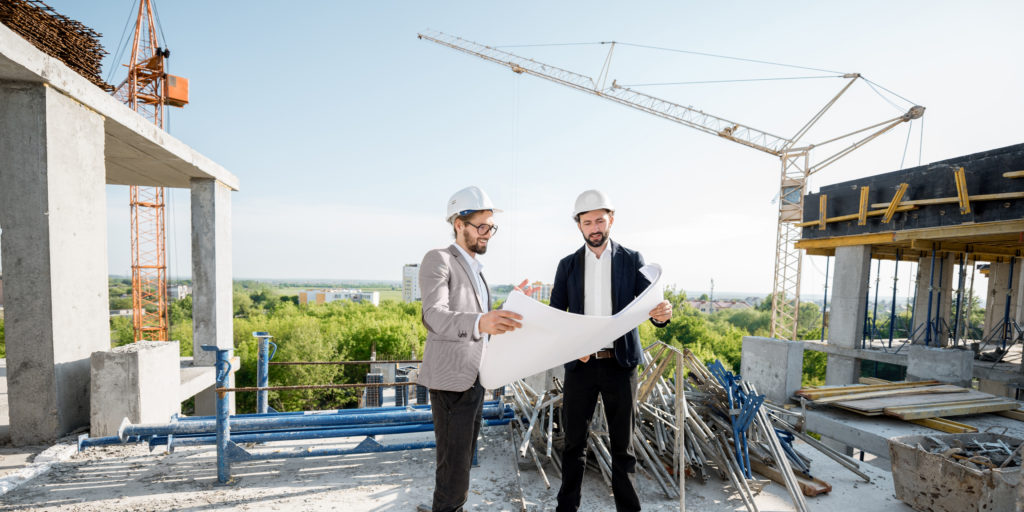The Role of Engineering in Sustainable

The construction industry is undergoing a significant transformation, with sustainability becoming a paramount concern. Engineers play a pivotal role in this shift, driving the design and construction of environmentally friendly buildings. By integrating sustainable principles into every phase of a project, engineers can create structures that minimize their ecological footprint while maximizing occupant well-being and operational efficiency.
The Importance of Sustainable Building Design
Sustainable building design encompasses a holistic approach that considers the environmental, social, and economic impacts of a structure throughout its lifecycle. It involves optimizing resource utilization, reducing waste, and enhancing indoor air quality. By adopting sustainable practices, we can mitigate climate change, conserve energy, and create healthier living and working spaces.
The Engineer's Role in Sustainable Building Design
Engineers are at the forefront of sustainable building design, bringing their expertise in various disciplines to create environmentally responsible structures. Key areas of engineering involvement include:
- Energy Efficiency: Engineers analyze building orientation, insulation, and HVAC systems to optimize energy consumption. By incorporating renewable energy sources like solar and wind power, they can significantly reduce reliance on fossil fuels.
- Water Conservation: Implementing water-saving technologies such as rainwater harvesting, greywater recycling, and efficient plumbing systems is crucial. Engineers design systems that minimize water usage and reduce the building’s ecological footprint.
- Material Selection: Engineers carefully select building materials considering their environmental impact, durability, and recyclability. By opting for sustainable materials with low embodied energy, they contribute to reducing the building’s carbon footprint.
- Structural Integrity: Engineers ensure that buildings are structurally sound while minimizing material usage. By optimizing structural design, they can reduce the building’s overall environmental impact.
- Indoor Air Quality: Engineers design ventilation systems that maintain optimal indoor air quality, protecting occupants from pollutants and enhancing their well-being.
ARCHIVISTA ENGINEERING PROJECTS: A Commitment to Sustainability
At ARCHIVISTA ENGINEERING PROJECTS, we are dedicated to creating sustainable and resilient buildings that positively impact the environment and the communities they serve. Our team of experienced engineers brings a deep understanding of sustainable design principles and cutting-edge technologies to every project.

Our services include:
- Sustainable Building Consulting: Providing expert guidance on incorporating sustainable features into building design.
- Energy Modeling and Analysis: Assessing building energy performance and identifying opportunities for improvement.
- LEED Certification: Assisting clients in achieving Leadership in Energy and Environmental Design (LEED) certification.
- Life Cycle Assessment (LCA): Evaluating the environmental impact of building materials and systems throughout their lifecycle.
- Green Building Design: Creating innovative and environmentally friendly building solutions.
Through our commitment to sustainability, we strive to create buildings that not only meet the needs of today but also protect the environment for future generations.
Conclusion
The role of engineering in sustainable building design is indispensable. By integrating sustainable principles into every aspect of the building process, engineers can create structures that are environmentally friendly, energy-efficient, and occupant-centric. ARCHIVISTA ENGINEERING PROJECTS is proud to be at the forefront of this movement, offering comprehensive engineering services to support the development of sustainable buildings.



















































